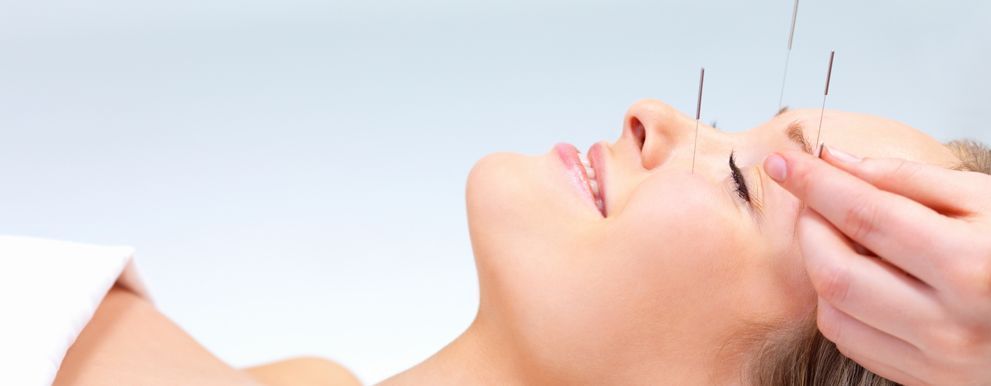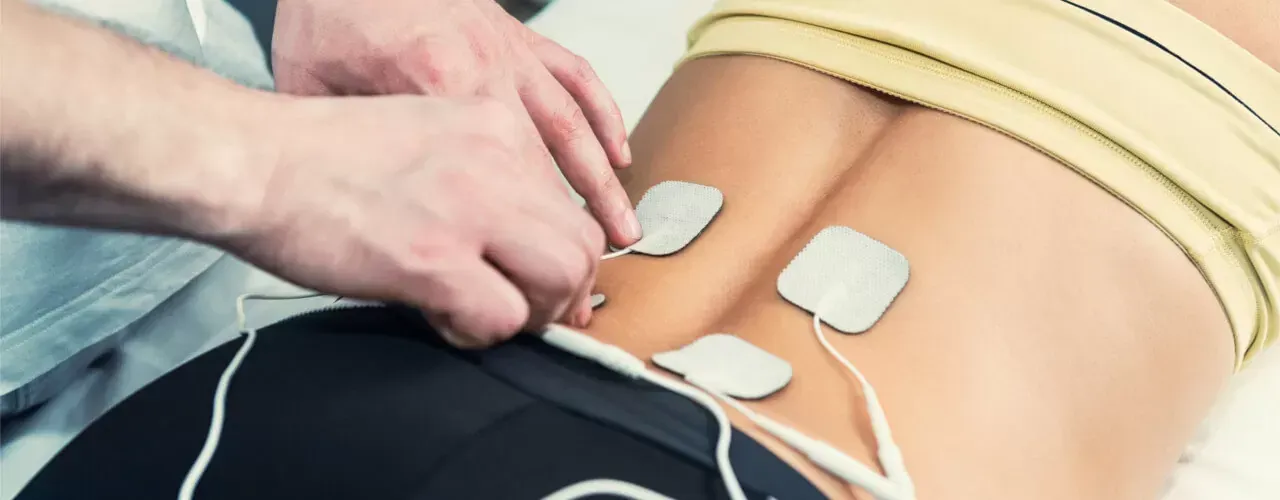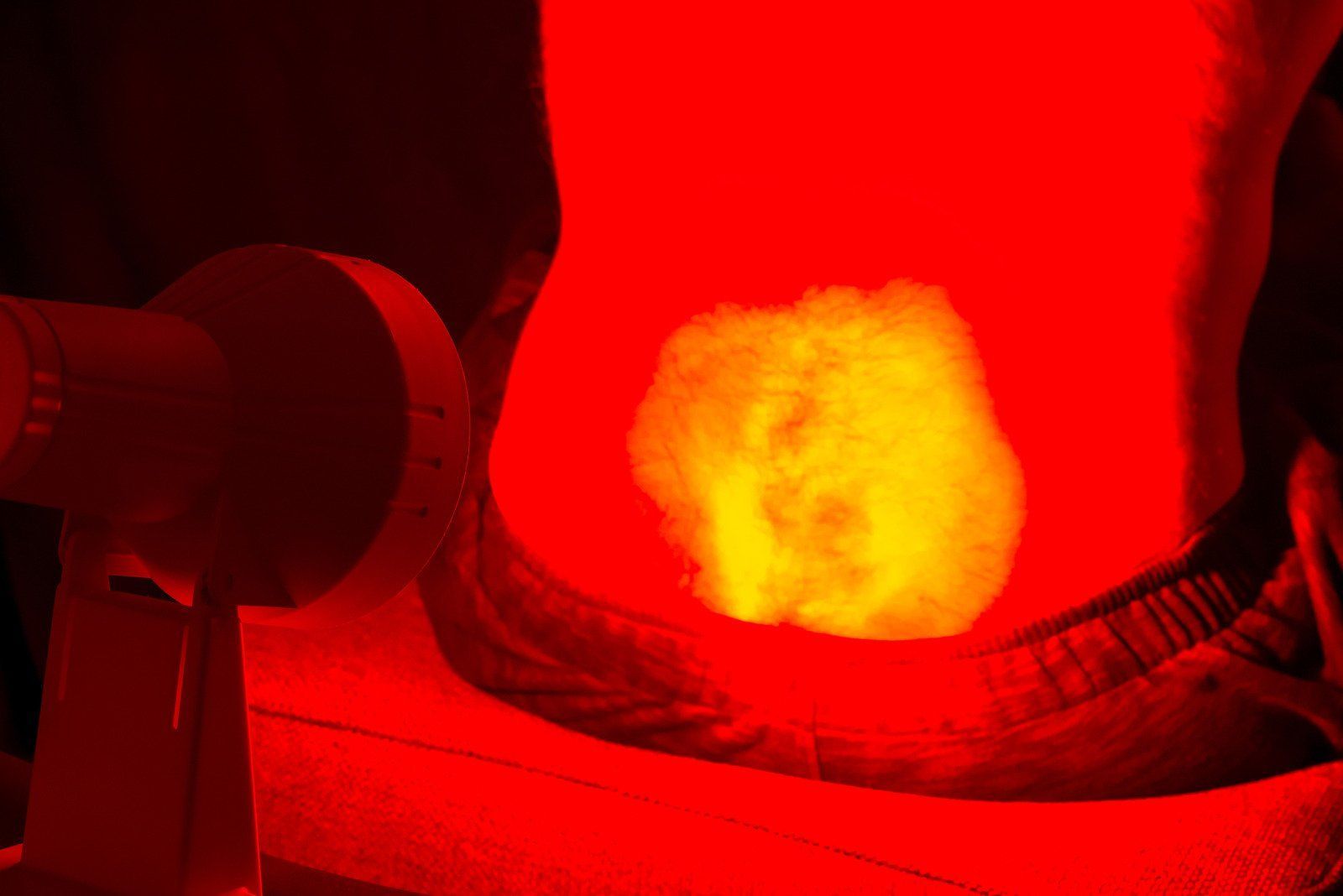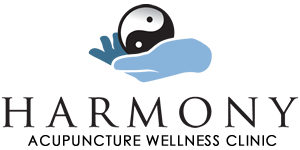Traditional Chinese Medicine
What Is Traditional Chinese Medicine?
Traditional Chinese medicine (TCM) is an ancient medical system that takes a deep understanding of the laws and patterns of nature and applies them to the human body. TCM is not “New Age,” nor is it a patchwork of different healing modalities. TCM is a complete medical system that has been practiced for more than five thousand years. At the heart of TCM is the tenet that the root cause of illnesses, not their symptoms, must be treated. In modern-day terms, TCM is holistic in its approach; it views every aspect of a person’s body, mind, spirit, and emotions as part of one complete circle rather than loosely connected pieces to be treated individually.
The following is a brief introduction to some of the key terms and concepts in traditional Chinese medicine.
Major TCM Treatment Modalities
Often Western practitioners and their patients or clients derive their understanding of TCM from acupuncture. However, acupuncture is only one of the major treatment modalities of this comprehensive medical system based on the understanding of Qi or vital energy. These major treatment modalities are:
- Qigong: an energy practice, generally encompassing simple movements and postures. Some Qigong systems also emphasize breathing techniques.
- Herbal Therapy: the use of herbal combinations or formulas to strengthen and support organ system function Acupuncture: the insertion of needles in acupoints to help Qi flow smoothly.
- Acupressure: the use of specific hand techniques to help Qi flow smoothly.
- Foods for Healing: the prescription of certain foods for healing based on their energy essences or energy signatures, not nutritional value.
- Chinese Psychology: the understanding of emotions and their relationship to the internal organ systems and their influence on health.
TCM Principles
Explore the Benefits of
Our Comprehensive Services
Harmony Acupuncture Wellness offer a comprehensive range of acupuncture, wellness center, and massage services to support your well-being. Take a proactive step towards improving your health and schedule an appointment with us today.
Frequently Asked Questions
See some common questions and answers below, or call us at 720-299-8278.












